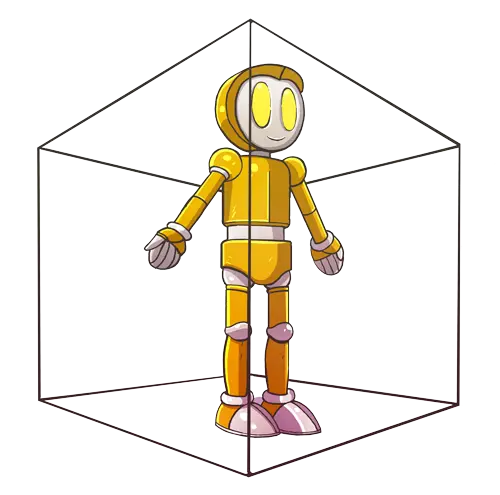
perspective drawing
The art of perspective is one of the most important skills to master for any artist or draftsman. It allows you to create realistic drawings, giving the impression that objects have depth and dimension. Perspective can seem daunting for beginners, but it is essential for bringing your drawings to life.
In this article, we will explore the basics of perspective and give you practical tips to help improve your skills in drawing in 3D space. Whether you are an experienced artist or a beginner, you are in the right place to learn how to draw in perspective.
Drawing in perspective: the basic illusions
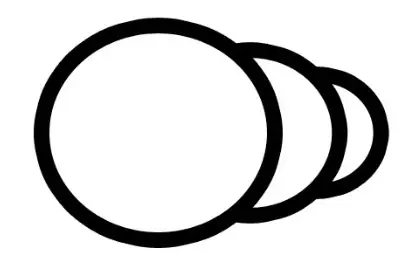
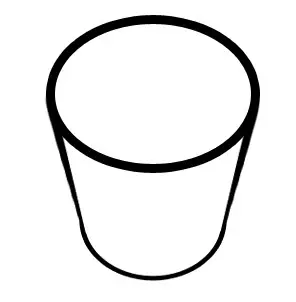

The principles of perspective drawing are based on the concept that objects appear smaller and further away from the viewer as they move into the distance.
This phenomenon is known as “perspective foreshortening” or simply “foreshortening”.
Foreshortening creates an illusion of depth in a two-dimensional image, making it seem like there is more space than what meets the eye. By using various techniques such as overlapping, size and placement changes, linear convergence and atmospheric perspective, artists can create realistic drawings with accurate perspectives.
In addition to object’s size, the size of the line is also important when it comes to drawing in perspective. A thicker line indicates a closer object or figure, while a thinner line signifies that the object or figure is farther away. This subtle distinction adds to the illusion of depth and provides viewers with a more realistic representation of what they’re.

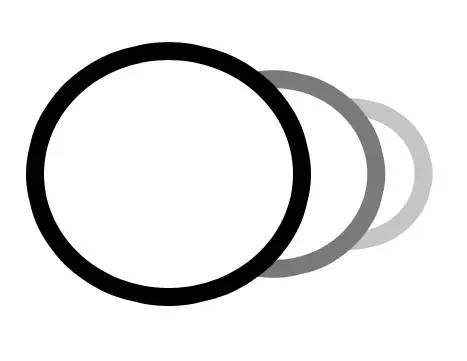
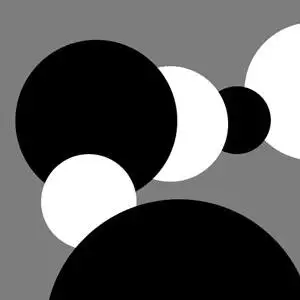
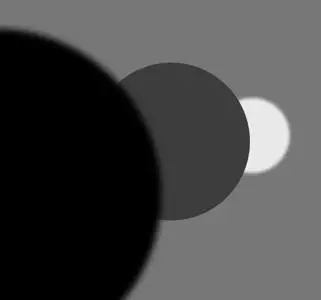
Atmospheric perspective involves the use of value to create the illusion that objects are farther away from the viewer, as they tend to become more muted and lighter in tone when further away. To achieve this effect, artists can utilize techniques such as adding subtle shadows or fading out values toward the horizon line.
A simple way to dissociate planes in a drawing is to use a technique called “chiaroscuro”, which involves creating a contrast between light and dark areas. By applying strong lighting to one area of the drawing, such as a highlight, and keeping another area in shadow, artists can create the illusion of depth and distance between those two planes.
In addition, artists can use shadows to create the appearance of depth and dimension. By observing how light interacts with objects and casting shadows, they can create the illusion that some areas are in shadow, while others are in light, which helps to dissociate planes and create the illusion of depth.
In a drawing with a shallow depth of field, only a small image area is in focus, while the rest is blurred or out of focus. This effect is similar to what you might see when looking at an object up close, where the background appears blurred, and only the object of focus is in sharp focus.
In contrast, in a drawing with a deep depth of field, a larger area of the image is in focus, creating a sense of clarity and detail across the entire image.
The focus point is the area in the drawing that is in sharp focus and draws the viewer’s attention, while the blurriness creates a sense of distance and depth by simulating how our eyes perceive objects in the real world.
Vanishing points and horizon lines

Vanishing perspective is a key concept in creating art that looks three-dimensional. It involves using horizon lines, vanishing lines and vanishing points to create an illusion of depth on a two-dimensional surface.
The horizon line (HL) indicates the limit of our human view for an object. In other words, the horizon line represents the spatial infinity for the human eye.
Vanishing points (VP) are a virtual representation of the convergence of 2 parallel lines. In other words, 2 parallel segments will tend into the same VP.
If the segments of a cube are parallel to the viewer, there won’t be any vanishing effects: segments will look perfectly parallel to the viewer. It happens in the case of 1 point perspective.
Vanishing lines (VL) are the construction lines which allow you to find the vanishing point on the horizon. In a cube’s case, this is the continuity of a segment through depth.
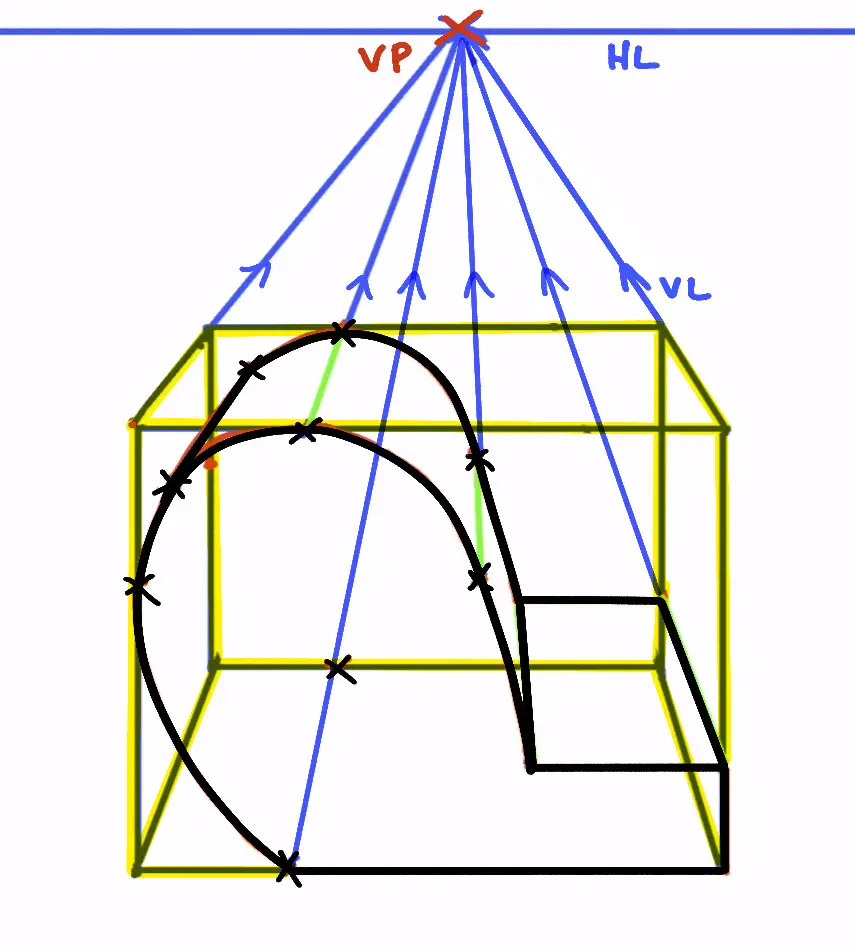
By understanding these principles of perspective drawing, artists can create artworks with greater realism and accuracy. One particular application for this technique is drawing characters in cubes or boxes: using multiple vanishing points allows you to draw characters from any angle and make them look as if they are standing inside the box rather than drawn onto it! This helps add dimensionality and life to your artwork, making it stand out even more!
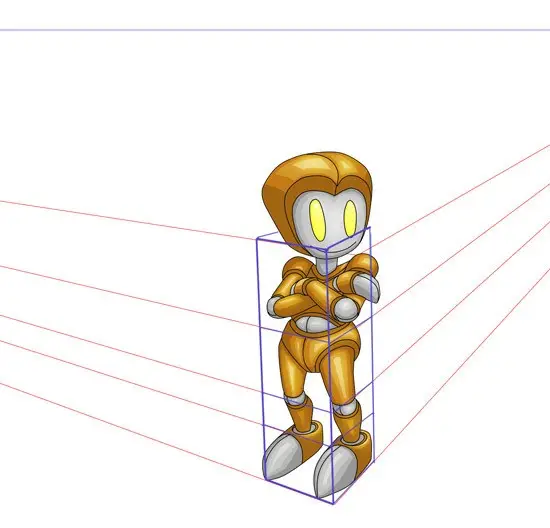
Find the horizon line
A good exercise for beginners is to look at photos and find the horizon lines and vanishing points of a building or a vehicle.
The more cubic an object is, the easier it is because remember: a vanishing point is where parallel lines join in the visual infinity of depth.
Two non parallel lines can’t tend to the same vanishing points.
A good exercise for beginners is to look at photos and find the horizon lines and vanishing points of a building or a vehicle.
The more cubic an object is, the easier it is because remember: a vanishing point is where parallel lines join in the visual infinity of depth.
Two non parallel lines can’t tend to the same vanishing points.
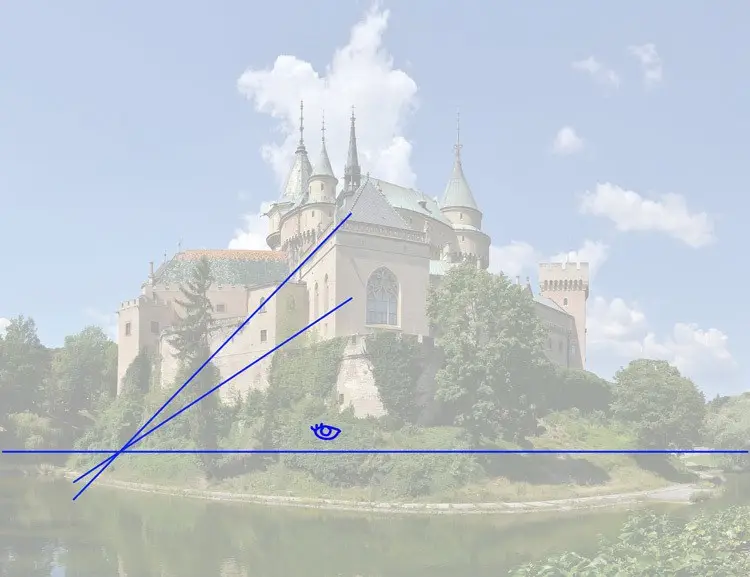
Simplify complex objects
Sometimes you won’t be able to simplify an object with cubes or boxes. Cylinders can help too, but are bit more difficult to understand since they don’t have visible segments.
In addition, you’ll notice that depending on the direction/orientation of a box, vanishing points won’t be the same.
For example, two non-parallel walls won’t tend to the same vanishing points, but their VP will occur on the same horizon line (in the condition the walls are both vertical).
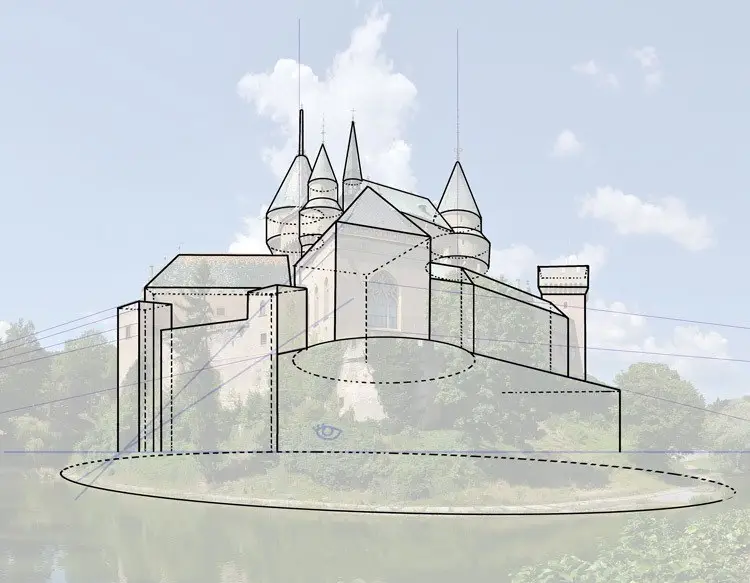

POINTS TO REMEMBER
It’s always a good idea to start drawing from a cube.
In depth, all parallel lines have the same vanishing point.
Practice: try to find vanishing points and horizon lines of cubic objects.

Learn more on our blog and discover exciting tutorials
If you’re eager to improve your drawing skills and learn more about drawing, then don’t hesitate to check out our blog. We have a wealth of articles and tutorials designed to help you take your drawing abilities to the next level.
Whether you’re interested in sketching, shading, or using colour, our blog is the perfect resource to help you improve your technique and develop your own unique style. So why wait?
